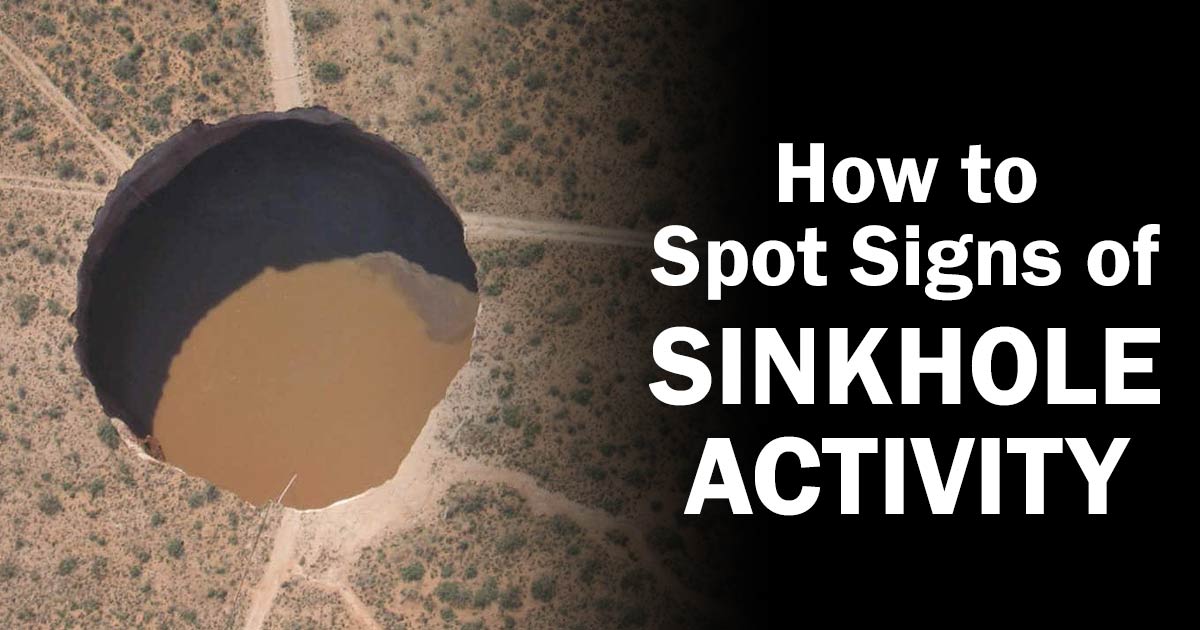512.291.0709
Mon - Fri: 9 AM - 11:30 AM
12:30 PM - 4 PM
May 11, 2022

Sinkholes may seem like something out of a supernatural horror, but they’re worryingly common in the Texas landscape. Here in Austin, we’re located right in prime territory for sinkhole-prone geology. When most local homeowners realize this disturbing fact, they become concerned about whether or not their property is at risk.
Sinkhole formations are common in our region for a number of reasons. The first is our state’s widespread oil drilling activity. When oil is pumped out of the ground, that removes liquid volume from the soil. Where this liquid once provided much-needed stability, there is left vacant space that causes the ground to shift. The same principle holds true for groundwater, which is becoming increasingly scarce in drought-stricken Texas.
Sinkholes can be extremely dangerous. Because their mouths tend to form suddenly, there’s usually not enough time for evacuation. Whole homes can be lost to sinkholes, which can grow to a massive width and depth before they ever even penetrate the land’s surface.
FEMA itself has cited sinkhole development as an increasing issue with dramatic economic and infrastructural effects. According to their stats:
You obviously don’t want to be among those who have to file claims for their lost or damaged homes. Fortunately, there are some reliable ways to identify when a sinkhole is developing beneath the ground.
Simply walking through your home and paying attention to some details can quickly reveal sinkhole symptoms. Though similar in kind, these are typically more dramatic than those that result from the natural home settling process.
It’s also possible to detect sinkholes by looking for signs in your home’s exterior, as well as the surrounding terrain. Pick a day with clear skies and plenty of sunlight to take a walk and examine your property’s features.
If you’ve spotted any of these warning signs in or around your home, don’t put off getting help. You’ll need an assessment from a trained professional to confirm the presence of sinkholes and evaluate how far along they are in their development.
Once the extent of your issue has been determined, the contractor will be able to recommend an appropriate solution. This may be soil stabilization for sinkholes that are still in the early stages, or underpinning/pier installation and void filling for more serious problems.
For more than 30 years, the experts of Douglas Foundation Repair have helped Austin’s homeowners treat and prevent sinkhole development on their properties. Our skilled specialists have mastered the best solutions for all types of soil instability, and can even provide full repairs and upgrades of damaged foundation structures. Contact us today to schedule an evaluation. We’ll give you an honest assessment of your needs and work with you to make it affordable.